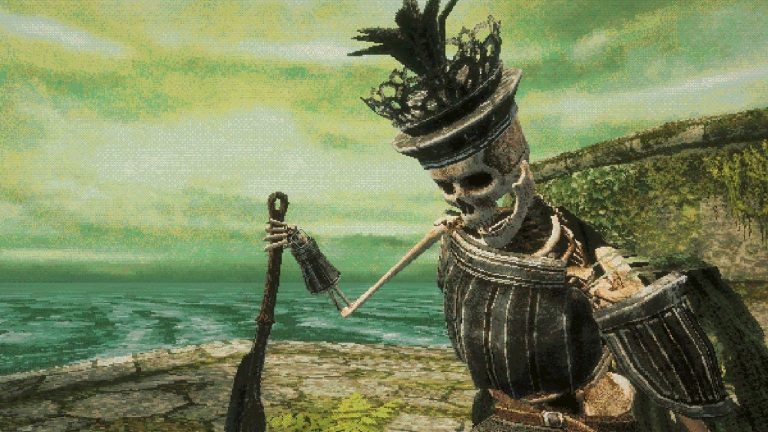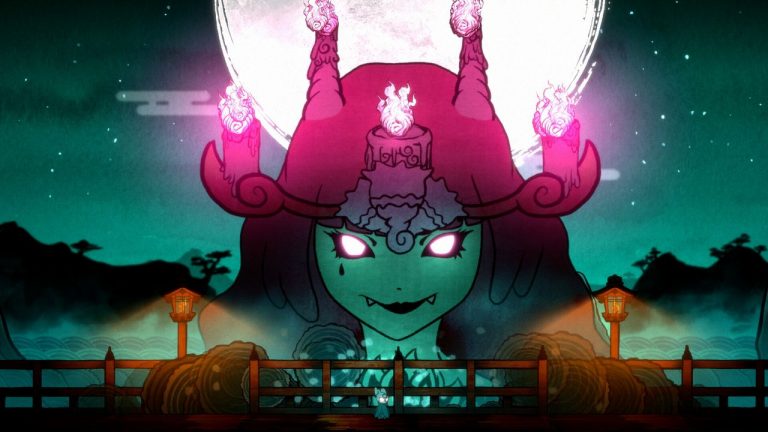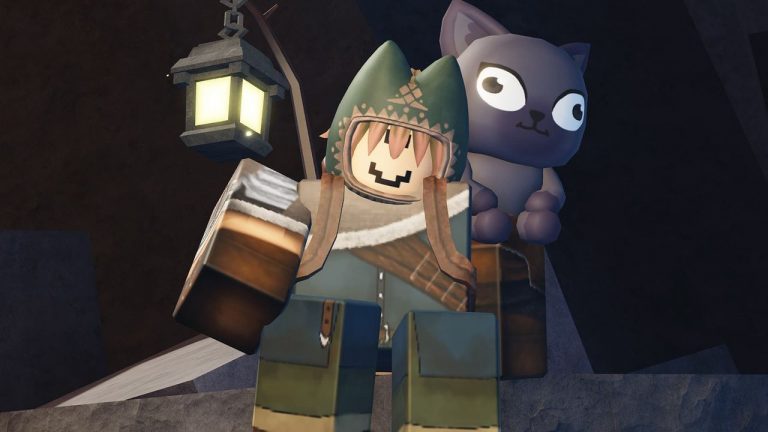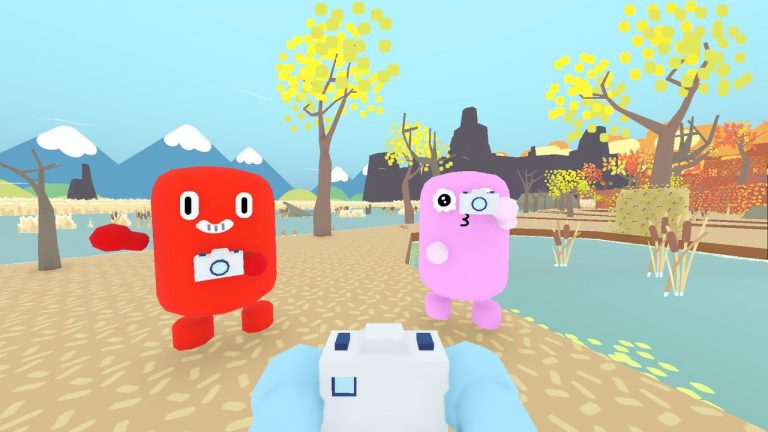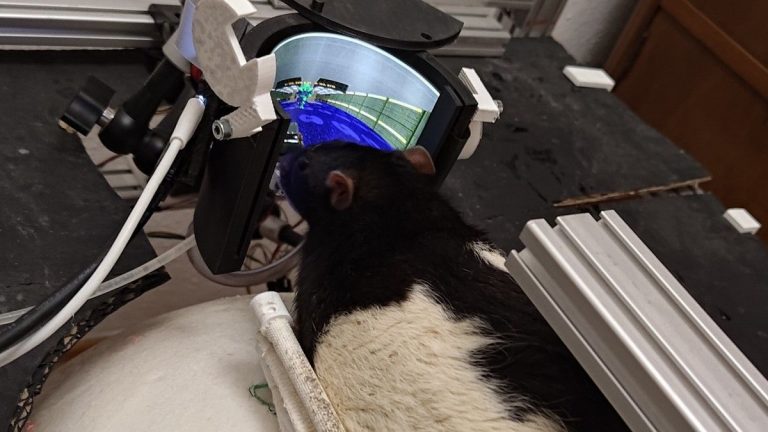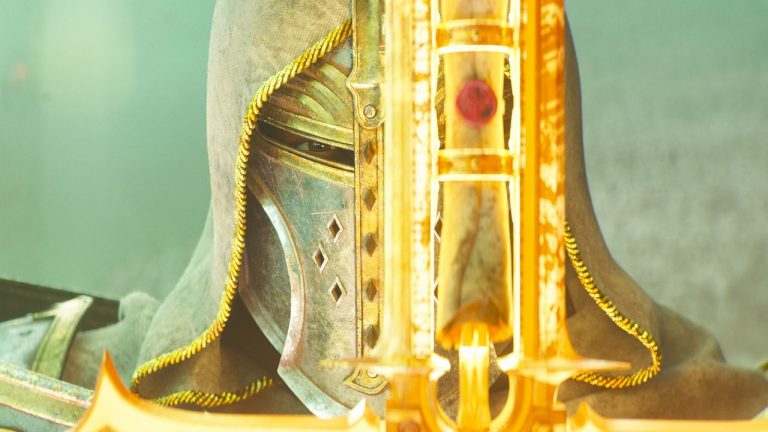There’s been an increased desire, it seems, to highlight the concurrent users of formerly mega-popular games like Palworld and Helldivers 2, see a line going down on a graph, and decree them dead and buried.
Both games, in fact, have a pretty similar story. Palworld had an all-time peak of 2 million players, while Helldivers 2 enjoyed a booming 450,000 players at its all-time high. While that’s no longer the case, neither game is dead in the water by any stretch of the imagination.
Palworld community manager (though he also has credits for localisation and design on the game) Bucky took to Twitter to express his frustration when, while pointing towards both games’ downward slopes, a user argued they were heralds of “the Age of meme-gaming, where you seek to burn bright & strong, but you know you’ll burn up fast no matter what” (via GamesRadar).
Bucky responded with a rather baffled “Is Palworld really a meme game though? Is Helldivers? … As long as both games continue to be developed, and as long as someone is enjoying them then surely it’s a win? Why even compare them?”
Honestly, even as an outside observer, I’m a little weary of the stats-chasing myself. While it’s technically true to say that Helldivers 2 has lost over 90% of its playerbase, the follow-on of “game’s dead” is just factually not true. At the time of writing, Helldivers 2 has enjoyed a 24-hour peak of 54,000 players on Steam alone, with Palworld ranking at around 39,000 players even a good while after its most recent major update.
So, yes. You can say that Helldivers 2 has around 8-11% of the people playing it on Steam now when compared to its halcyon days—similarly, Palworld has around 1.8% of its all-time peak online. But a playerbase of a few dozen thousand is hardly “dead”—neither of these games are as desolate as Suicide Squad: Kill the Justice League, which hasn’t broken over a thousand concurrent players on Steam for months.
“I dunno what the negativity is for,” Bucky continues. “People had fun. People continue to have fun. As game devs, isn’t that literally all we ask for? People to enjoy our games.”
(Image credit: @Bucky_cm on Twitter/X.)
It should be noted, too, that in both games’ cases, they were unexpected successes with smaller development teams when compared to the AAA competition. Helldivers 2 developer Arrowhead Games had its servers crushed under the unexpected weight of its liberty-hungry players, whereas Palworld had to start shelling out $475,000 a month to keep the lights on under player demand.
Neither is a big-budget live service marvel designed to keep you hooked a la Destiny 2, a top-billing MMO like World of Warcraft, or a humble little game called Counter-Strike. To expect them to keep pulling in hundreds of thousands of players indefinitely is, at best, silly. Still, it looks like this is one of those conversations we’ll get to keep having whenever the next smaller game that sells gangbusters occurs.




